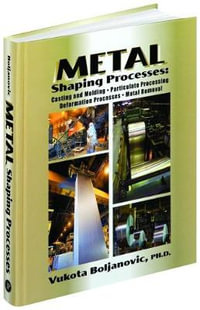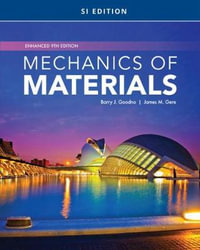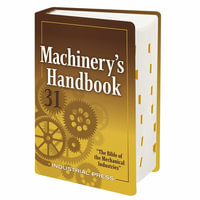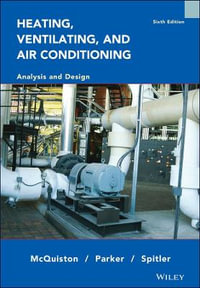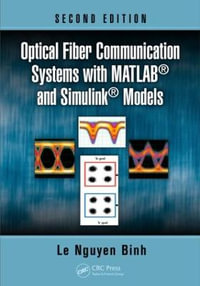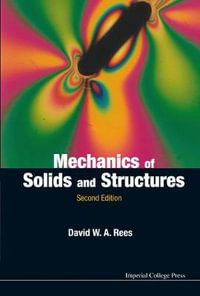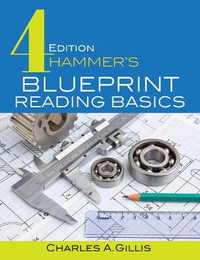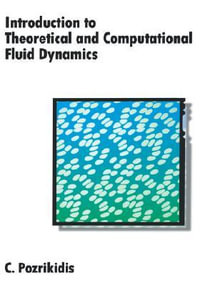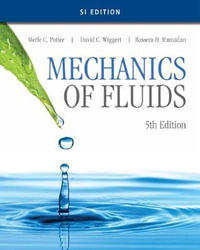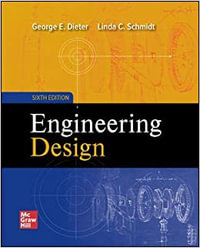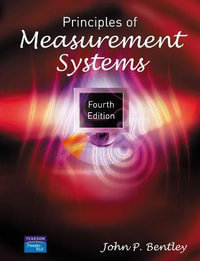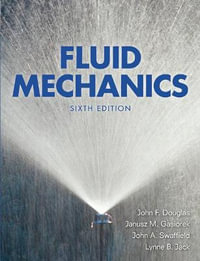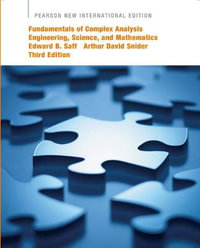| Introduction | p. 1 |
| Friction in Machines and Mechanisms | p. 2 |
| Friction in Lead Screw Drives | p. 3 |
| Outline | p. 5 |
| Lead Screws | p. 7 |
| Screw Threads | p. 7 |
| Lead Screw Engineering | p. 9 |
| Lead Screw and Nut: A Kinematic Pair | p. 12 |
| Effect of Thread Angle | p. 13 |
| Some Background Material | p. 17 |
| Linearized System Equations | p. 17 |
| Equations of Motion with Contact Forces | p. 19 |
| Classification of Linear Systems | p. 21 |
| Stability Analysis | p. 23 |
| Undamped Systems | p. 25 |
| The Averaging Method | p. 27 |
| Friction - Induced Instability | p. 31 |
| Negative Damping Instability | p. 31 |
| Periodic Vibration: Pure-Slip Motion | p. 33 |
| Periodic Vibration: Stick-Slip Motion | p. 36 |
| A Numerical Example | p. 40 |
| Further References on Negative Damping | p. 42 |
| Mode Coupling | p. 42 |
| Example No. 1: Flutter Instability | p. 43 |
| Example No. 2: Mode Coupling | p. 47 |
| Further References on Mode Coupling | p. 50 |
| Kinematic Constraint Instability | p. 51 |
| Painlevé's Paradox | p. 52 |
| Bilateral Contact | p. 54 |
| Self-Locking | p. 55 |
| An Example of Kinematic Constraint Instability | p. 56 |
| Further References on the Kinematic Constraint Instability Mechanism | p. 66 |
| Mathematical Modeling of Lead Screw Drives | p. 67 |
| Velocity-Dependent Coefficient of Friction | p. 68 |
| Dynamics of Lead Screw and Nut | p. 69 |
| Basic 1-DOF Model | p. 71 |
| Inverted Basic Model | p. 72 |
| Basic Model with Fixed Nut | p. 73 |
| Basic Model with Fixed Lead Screw | p. 73 |
| Antibacklash Nut | p. 73 |
| Compliance in Lead Screw and Nut Threads | p. 75 |
| Backlash | p. 77 |
| Axial Compliance in Lead Screw Supports | p. 77 |
| Alternative Formulation | p. 78 |
| Compliance in Threads and Lead Screw Supports | p. 80 |
| Rotational Compliance of the Nut | p. 81 |
| Alternative Formulation | p. 82 |
| Some Remarks Regarding the System Models | p. 83 |
| Negative Damping Instability Mechanism | p. 85 |
| Equation of Motion | p. 85 |
| Local Stability of the Steady-Sliding State | p. 87 |
| Numerical Examples | p. 88 |
| First-Order Averaging | p. 89 |
| Assumptions | p. 90 |
| Equation of Motion in Standard Form | p. 90 |
| First-Order Averaging | p. 94 |
| Steady-Sliding Equilibrium Point | p. 96 |
| Nontrivial Equilibrium Points | p. 97 |
| Numerical Simulation Results: Part 1 | p. 101 |
| Numerical Simulation Results: Part 2 | p. 104 |
| Conclusions | p. 107 |
| Mode Coupling Instability Mechanism | p. 109 |
| Mathematical Models | p. 109 |
| 2-DOF Model with Axially Compliant Lead Screw Supports | p. 110 |
| 2-DOF Model with Compliant Threads | p. 111 |
| Linear Stability Analysis | p. 113 |
| Undamped System | p. 113 |
| Examples and Discussion | p. 115 |
| Damped System | p. 118 |
| Examples and Discussion | p. 120 |
| Comparison Between the Stability Conditions of the Two Lead Screw Models | p. 122 |
| Further Observations on the Mode Coupling Instability | p. 124 |
| Frequency and Amplitude of Vibrations | p. 125 |
| Effect of Damping on Mode Coupling Vibrations | p. 128 |
| Mode Coupling in 3-DOF Lead Screw Model | p. 129 |
| Conclusions | p. 133 |
| Kinematic Constraint Instability Mechanism | p. 135 |
| Existence and Uniqueness Problem | p. 135 |
| True Motion in Paradoxical Situations | p. 137 |
| 1-DOF Lead Screw Drive Model | p. 140 |
| Linear Stability Analysis | p. 141 |
| Negative Damping | p. 143 |
| Numerical Simulation Results | p. 144 |
| Kinematic Constraint Instability | p. 145 |
| Numerical Simulation Results | p. 147 |
| Region of Attraction of the Stable Equilibrium Point | p. 149 |
| Kinematic Constraint Instability in Multi-DOF System Models | p. 151 |
| 2-DOF Model of Sect. 5.6 | p. 151 |
| 2-DOF Model of Sect. 5.8 | p. 154 |
| Conclusions | p. 156 |
| An Experimental Case Study | p. 157 |
| Preliminary Observations | p. 158 |
| Mathematical Modeling | p. 162 |
| Parameter Identification Step 1: Friction and Damping | p. 165 |
| Parameter Identification Test Setup | p. 169 |
| Experimental Results: Step 1 | p. 170 |
| DC Motor and Gearbox | p. 172 |
| Identification Results | p. 172 |
| Parameter Identification Step 2: Stiffness and Fine-Tuning | p. 175 |
| Experimental Results: Step 2 | p. 179 |
| Parameter Studies | p. 182 |
| Effect of Input Angular Velocity | p. 184 |
| Effect of Damping | p. 185 |
| Effect of Stiffness | p. 185 |
| Conclusions | p. 186 |
| Appendices | p. 189 |
| First Order Averaging Theorem | p. 189 |
| Application of Higher Order Averaging | p. 192 |
| Equation of Motion in Standard Form | p. 192 |
| Higher-Order Averaging Formulation | p. 194 |
| A Numerical Example | p. 198 |
| First-order Averaging Applied to the 2-DOF Lead Screw Model with Axially Compliant Supports | p. 199 |
| References | p. 207 |
| Index | p. 213 |
| Table of Contents provided by Ingram. All Rights Reserved. |




